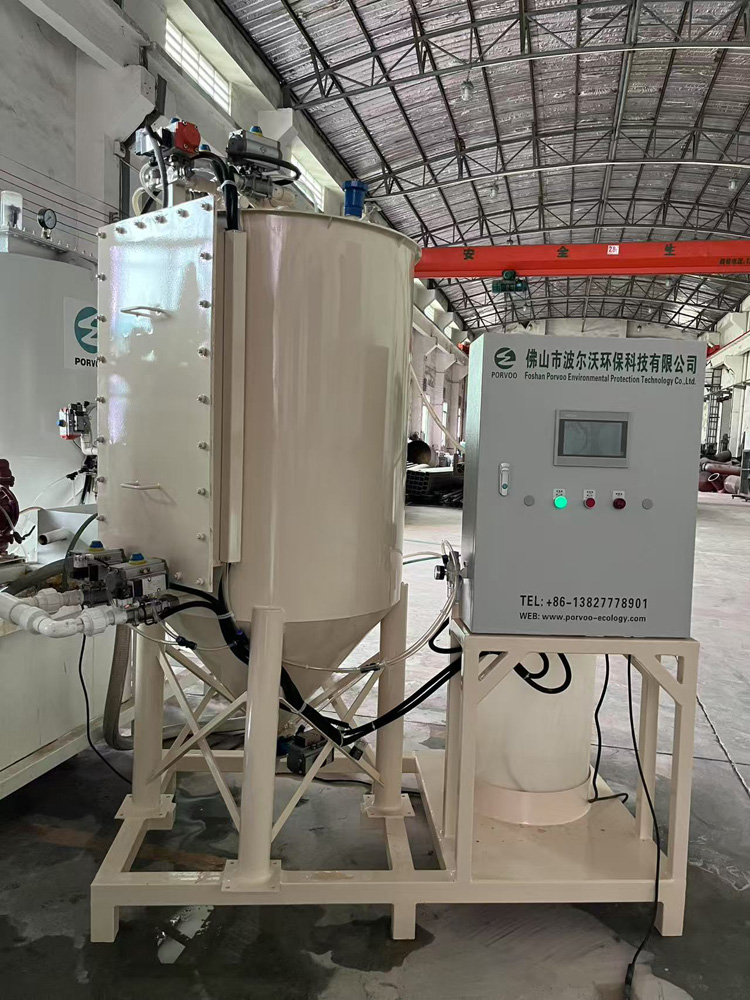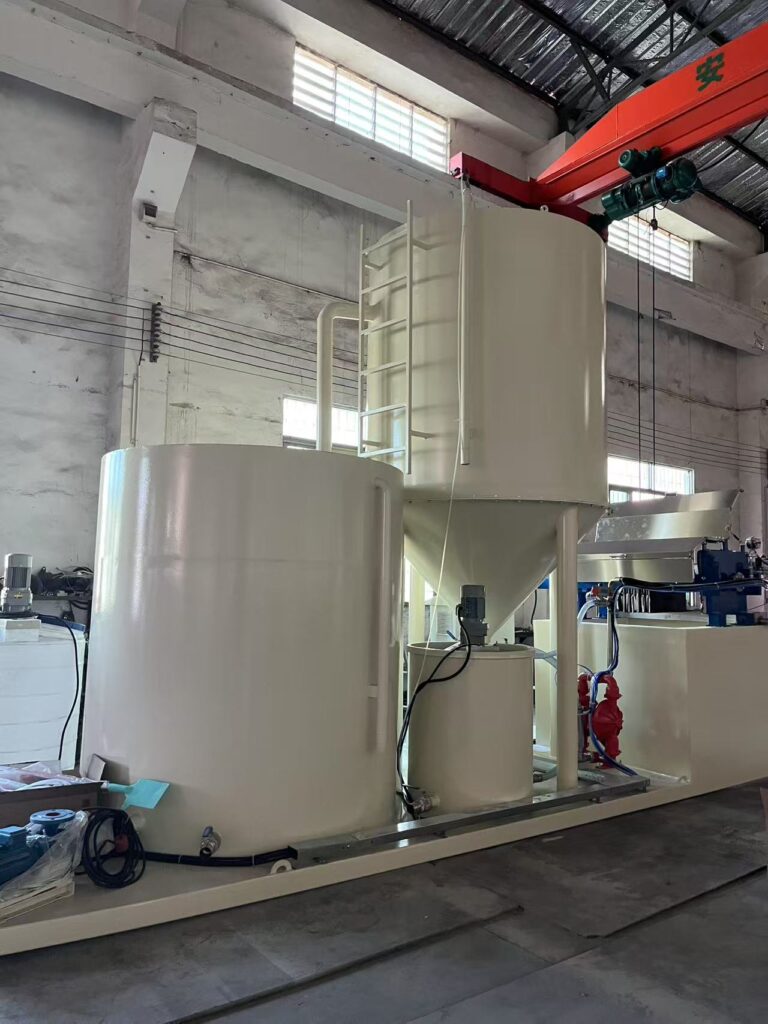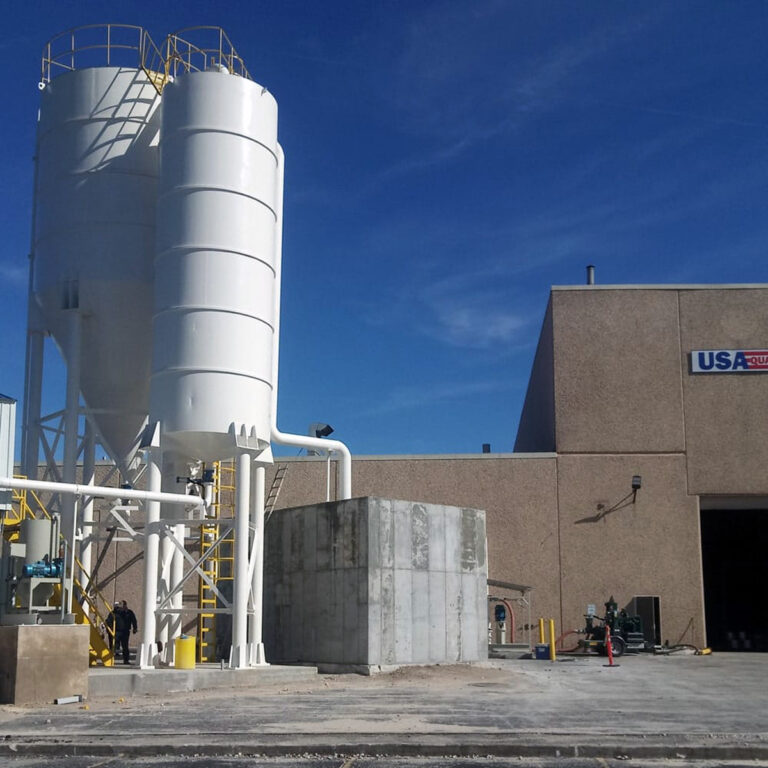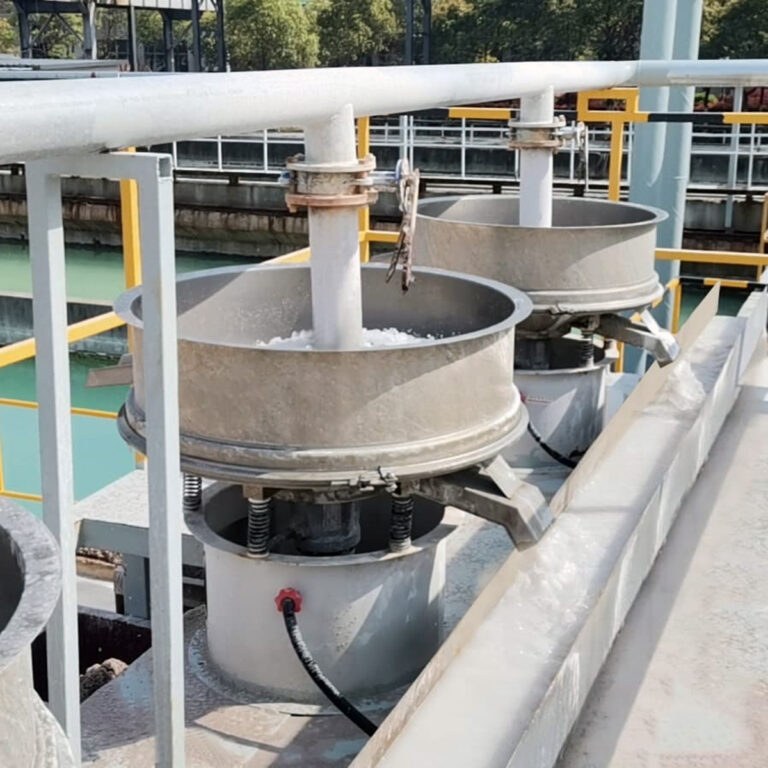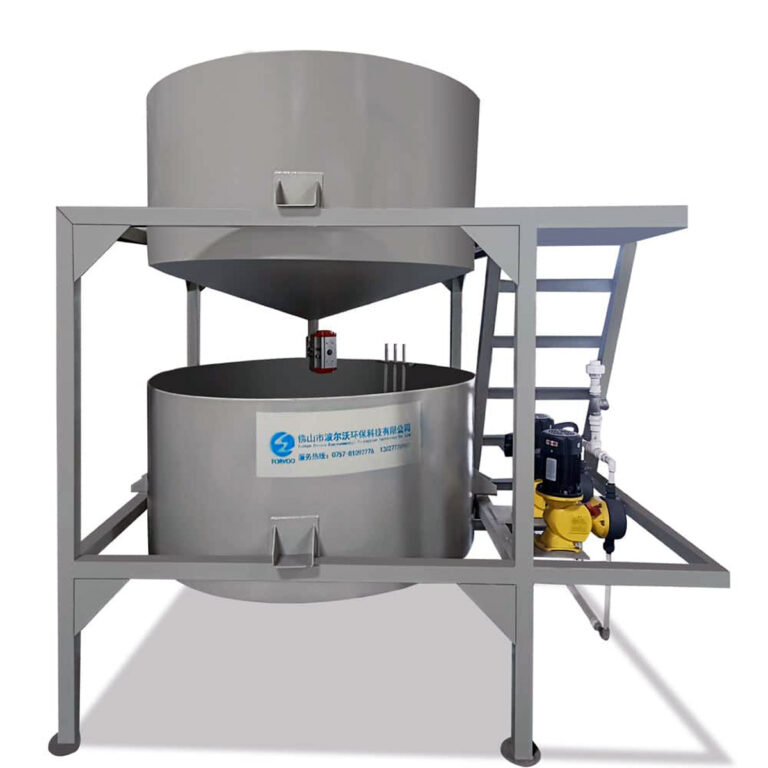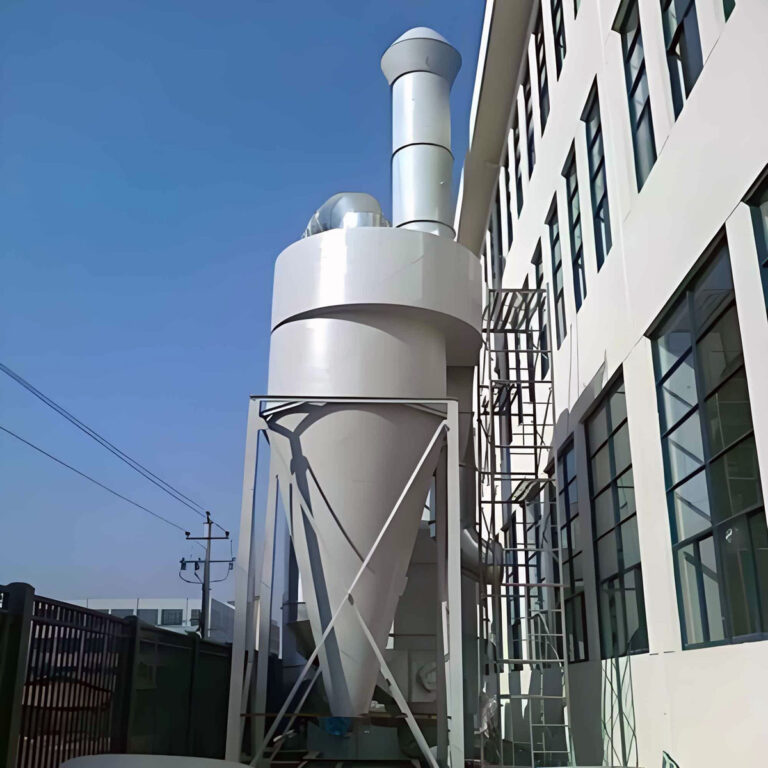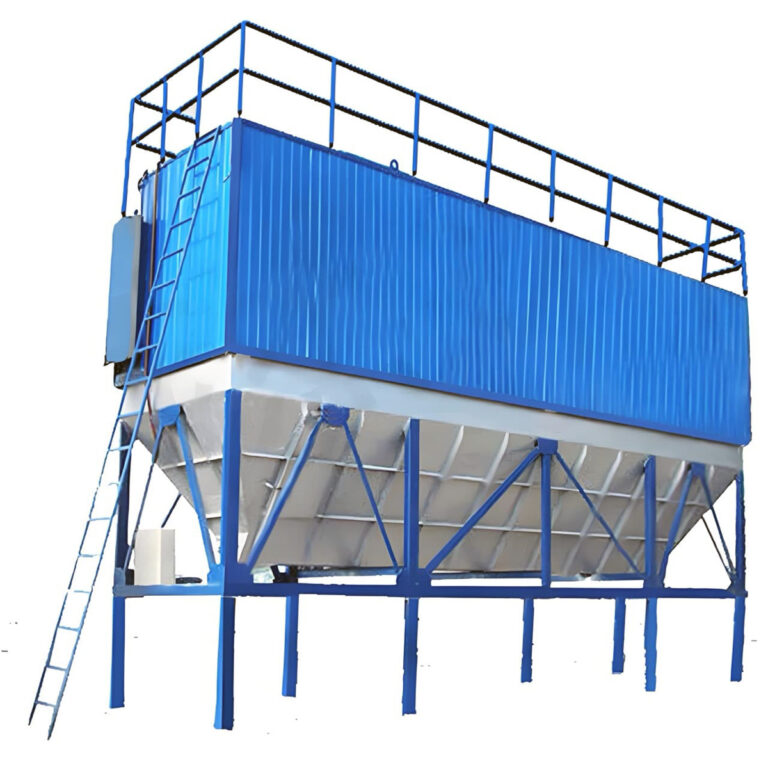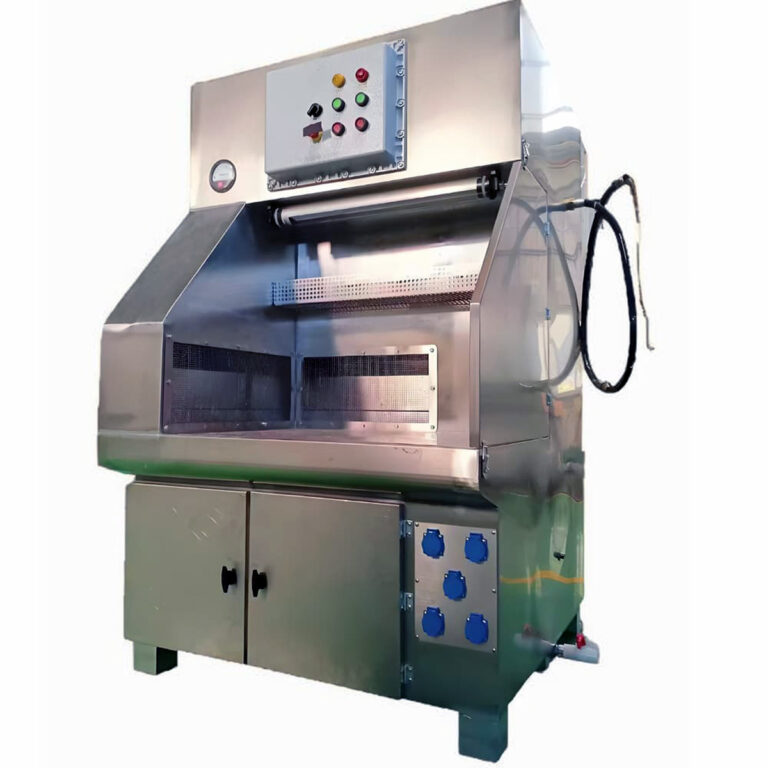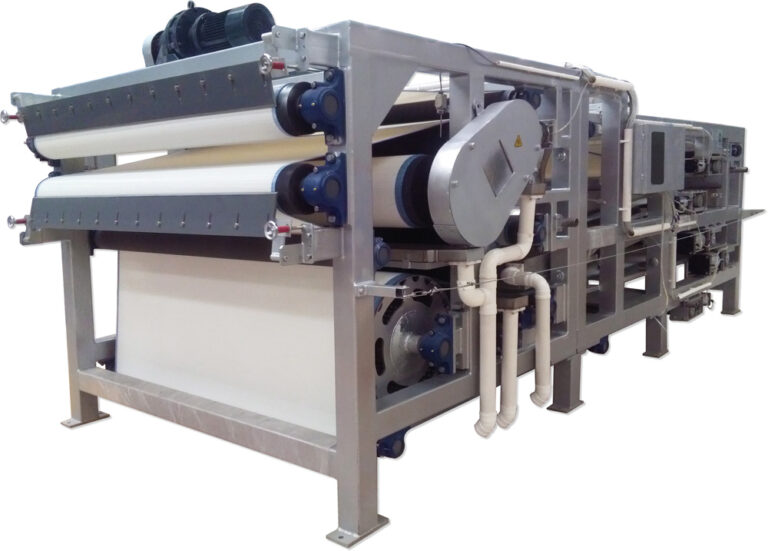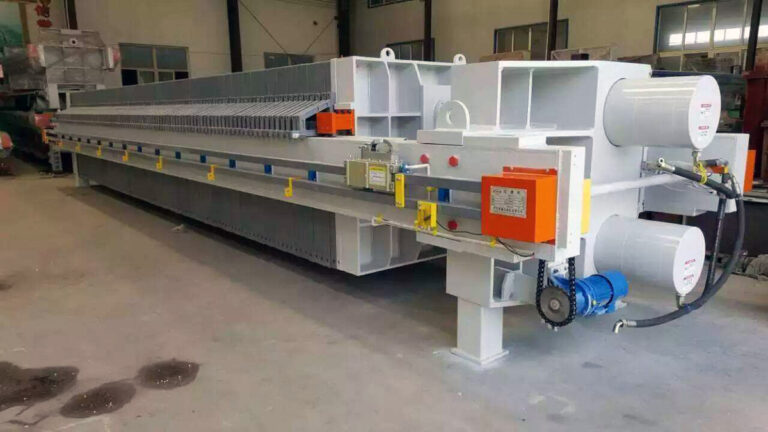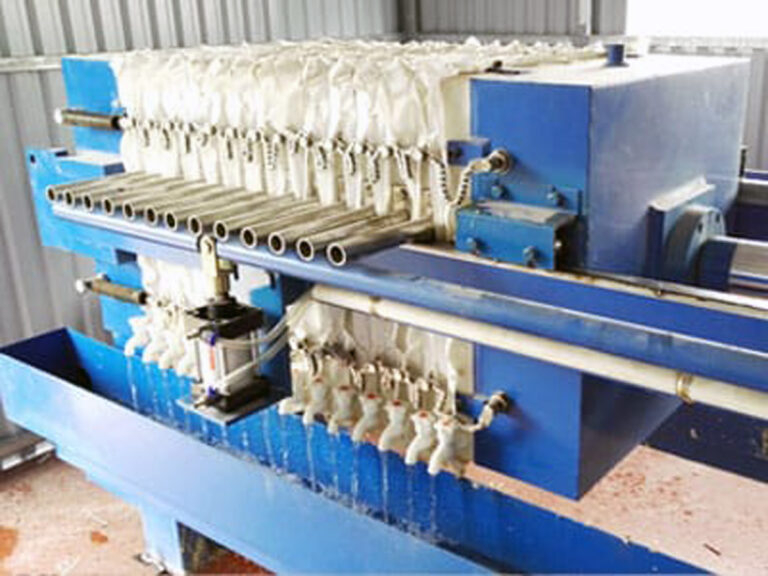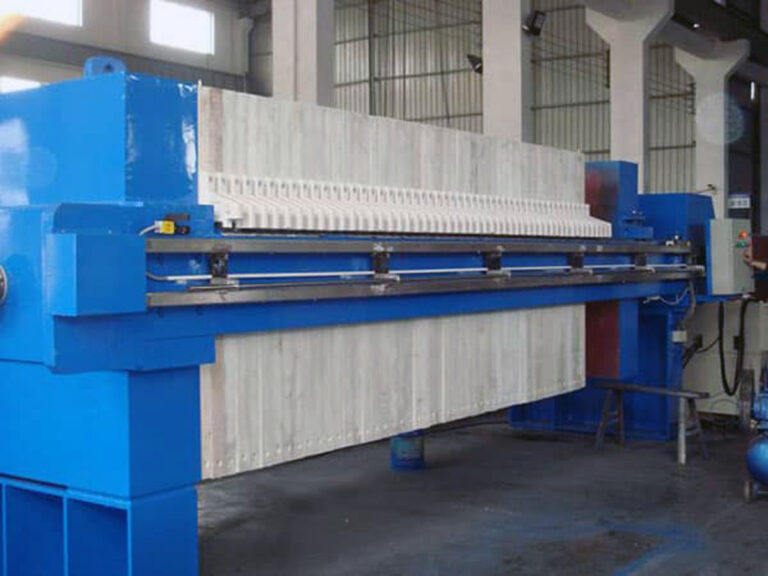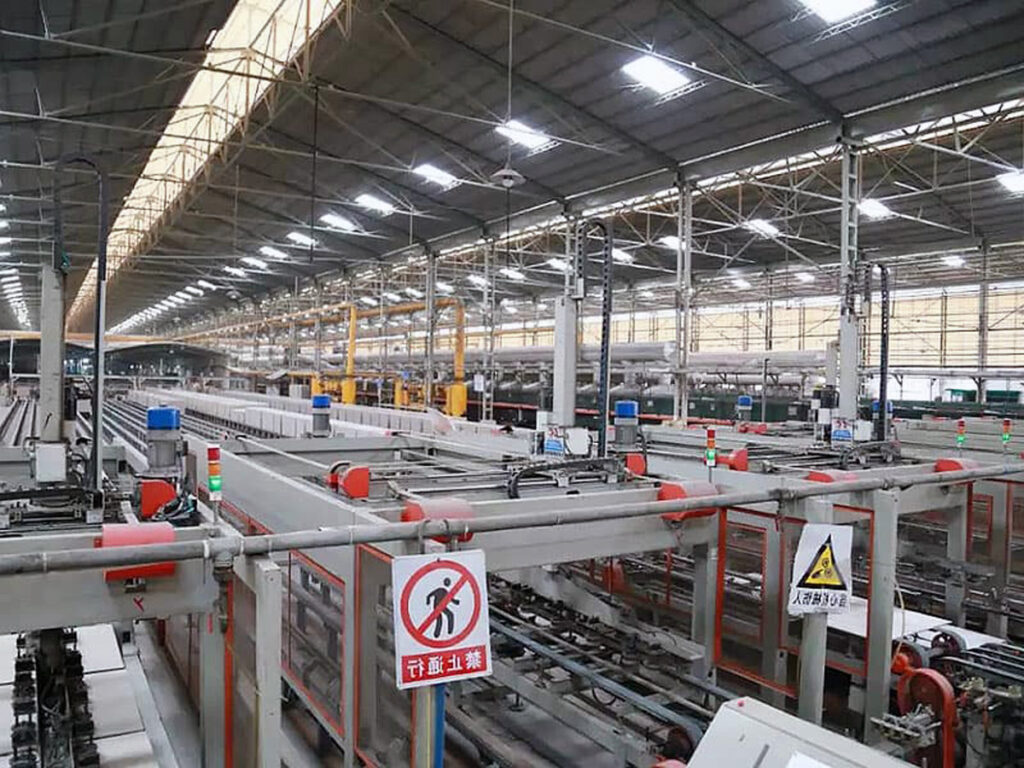Ceramic wastewater regulations encompass a comprehensive set of federal, state, and local environmental standards governing how ceramic manufacturing facilities treat and discharge process water. These regulations stem from the Clean Water Act’s National Pollutant Discharge Elimination System (NPDES), which requires permits for any facility discharging pollutants into surface waters.
Federal Regulatory Framework
The Environmental Protection Agency (EPA) established specific effluent limitations for ceramic manufacturing under 40 CFR Part 426. These regulations categorize ceramic operations into distinct subcategories, including whiteware manufacturing, structural clay products, and porcelain enameling. Each category has tailored discharge limitations based on production processes and typical pollutant characteristics.
According to EPA data, ceramic facilities typically generate 500-2,000 gallons of wastewater per ton of finished product. The regulations set strict limits on suspended solids (typically 30 mg/L monthly average), pH levels (6.0-9.0), and specific heavy metals like lead, chromium, and zinc.
State and Local Variations
While federal standards provide the baseline, state environmental agencies often implement more stringent requirements. California’s Regional Water Quality Control Boards, for example, impose additional restrictions on total dissolved solids and require enhanced monitoring protocols. In our experience working with ceramic manufacturers across different states, regulatory interpretation can vary significantly between jurisdictions.
| Regulatory Level | Key Focus Areas | Typical Requirements |
|---|---|---|
| Federal (EPA) | Effluent limitations, NPDES permits | TSS ≤30 mg/L, pH 6.0-9.0 |
| State | Water quality standards, discharge permits | Enhanced monitoring, stricter limits |
| Local | Sewer discharge, industrial pretreatment | Pretreatment requirements, surcharge fees |
Why Do Ceramic Processing Facilities Need Wastewater Compliance?
The ceramic industry’s unique manufacturing processes create distinctive wastewater challenges that demand specialized regulatory attention. Unlike many other industries, ceramic processing wastewater compliance addresses both conventional pollutants and industry-specific contaminants that can significantly impact receiving water bodies.
Environmental Impact Considerations
Ceramic manufacturing operations generate wastewater containing high concentrations of suspended clay particles, glazing chemicals, and metallic compounds. These contaminants can cause severe environmental damage if discharged untreated. A 2023 study by the Water Environment Federation found that untreated ceramic wastewater can increase turbidity in receiving waters by up to 400%, severely impacting aquatic ecosystems.
The glazing process presents particular challenges, as it introduces heavy metals like cobalt, nickel, and barium into wastewater streams. These metals bioaccumulate in aquatic organisms and can persist in sediments for decades. Industry research indicates that ceramic facilities without proper treatment systems contribute approximately 12% of industrial heavy metal loading in affected watersheds.
Economic and Operational Drivers
Beyond environmental concerns, ceramic manufacturers face significant economic pressures to maintain compliance. Non-compliance penalties have increased substantially, with average fines rising 67% between 2020 and 2023. However, the indirect costs often exceed direct penalties—including production shutdowns, remediation expenses, and damage to customer relationships.
As environmental engineer Dr. Sarah Martinez notes, “Ceramic manufacturers are discovering that proactive compliance investments typically cost 30-40% less than reactive remediation efforts, while also providing operational benefits like water reuse opportunities and reduced raw material consumption.”
How Do Ceramic Water Treatment Safety Standards Work?
Ceramic water treatment safety standards operate through a multi-tiered approach that addresses worker protection, environmental safeguards, and public health considerations. These standards integrate occupational safety requirements with environmental discharge limits to create comprehensive protection frameworks.
Worker Safety Protocols
The Occupational Safety and Health Administration (OSHA) mandates specific safety measures for ceramic wastewater treatment operations. Workers handling ceramic wastewater must use appropriate personal protective equipment (PPE) due to potential exposure to crystalline silica, heavy metals, and chemical additives. Recent OSHA guidance emphasizes respiratory protection, with air monitoring requirements when silica concentrations exceed 25 μg/m³.
Treatment facility design must incorporate safety features including emergency eyewash stations, ventilation systems, and confined space entry protocols. The National Institute for Occupational Safety and Health (NIOSH) recommends engineering controls that minimize direct worker contact with wastewater, particularly during sludge handling operations.
Environmental Safety Measures
Environmental safety standards focus on preventing accidental releases and ensuring treatment system reliability. Secondary containment requirements mandate that chemical storage areas have 110% capacity containment, while treatment systems must include backup power and redundant critical components.
According to industry data, ceramic facilities with comprehensive safety management systems experience 78% fewer environmental incidents compared to those with basic compliance approaches. This performance difference highlights the importance of integrating safety considerations into overall regulatory strategy.
Public Health Protection
Public health protection standards address potential exposure pathways through groundwater contamination, air emissions, and biosolids management. Ceramic wastewater treatment facilities must monitor groundwater quality through downgradient wells, with detection limits often set at 10% of drinking water standards.
| Safety Category | Key Requirements | Monitoring Frequency |
|---|---|---|
| Worker Protection | PPE, air monitoring, training | Daily/continuous |
| Environmental | Secondary containment, spill response | Monthly inspections |
| Public Health | Groundwater monitoring, air quality | Quarterly/annual |
What Are the Key Ceramic Wastewater Discharge Standards?
Ceramic wastewater discharge standards establish specific numerical limits for pollutants that ceramic manufacturing facilities can legally release into receiving waters or publicly owned treatment works (POTWs). These standards vary based on discharge destination, facility size, and production processes.
Direct Discharge Standards
Facilities discharging directly to surface waters must meet stringent effluent limitations under their NPDES permits. For ceramic manufacturing, these typically include:
- Total Suspended Solids (TSS): 30 mg/L monthly average, 45 mg/L daily maximum
- pH: 6.0-9.0 standard units
- Lead: 0.69 mg/L monthly average, 1.45 mg/L daily maximum
- Chromium: 2.77 mg/L monthly average, 4.31 mg/L daily maximum
A ceramic tile manufacturer in Ohio achieved consistent compliance with these standards by implementing a three-stage treatment system combining coagulation, sedimentation, and filtration. The facility reduced TSS levels from 800 mg/L to 15 mg/L while maintaining production rates of 50,000 square feet per day.
Indirect Discharge Standards
Ceramic facilities discharging to POTWs must comply with categorical pretreatment standards designed to prevent interference with municipal treatment processes. These standards often focus on metals removal and pH adjustment, with typical requirements including:
- Copper: 3.38 mg/L monthly average
- Nickel: 3.98 mg/L monthly average
- Zinc: 2.61 mg/L monthly average
- Flow equalization to prevent hydraulic shock
Emerging Contaminant Considerations
Recent regulatory developments have expanded focus beyond traditional pollutants to include emerging contaminants. Some states now regulate per- and polyfluoroalkyl substances (PFAS) in ceramic wastewater, particularly from facilities using fluorinated glazing compounds. It’s worth noting that these requirements are still evolving, with significant regional variations in implementation timelines and detection limits.
Which Ceramic Industry Environmental Rules Apply to Different Operations?
Ceramic industry environmental rules vary significantly based on specific manufacturing processes, with distinct requirements for different ceramic product categories. Understanding these variations is crucial for developing targeted compliance strategies.
Whiteware Manufacturing
Whiteware operations, including pottery, sanitaryware, and tableware production, face specific regulations addressing clay preparation, glazing, and firing processes. These facilities typically generate 600-1,200 gallons of wastewater per ton of finished product, with high concentrations of suspended solids and alkaline pH levels.
The EPA’s whiteware subcategory requires specialized monitoring for aluminum and iron, reflecting the clay body composition. Facilities must demonstrate Best Available Technology (BAT) for conventional pollutants and Best Conventional Pollutant Control Technology (BCT) for toxic pollutants.
Structural Clay Products
Brick, tile, and pipe manufacturers operate under different regulatory frameworks that account for their unique raw material compositions and firing temperatures. These operations generate less wastewater per unit of production but often face groundwater protection requirements due to outdoor clay storage and preparation areas.
In our experience, structural clay facilities benefit from implementing closed-loop water systems that reduce both regulatory compliance costs and freshwater consumption. A brick manufacturer in Georgia reduced water usage by 65% while achieving consistent compliance with discharge limits.
Porcelain Enameling
Porcelain enameling operations present unique regulatory challenges due to their use of acid pickling solutions and metal preparation chemicals. These facilities must comply with both ceramic manufacturing standards and metal finishing regulations, creating complex compliance matrices.
The dual regulatory framework requires specialized expertise in both ceramic processing and metal finishing compliance. As regulatory specialist Dr. James Thompson explains, “Porcelain enameling facilities often find success by treating their operations as two distinct regulatory categories, with separate treatment trains for ceramic and metal finishing wastewaters.”
| Operation Type | Primary Pollutants | Specific Requirements |
|---|---|---|
| Whiteware | Suspended solids, aluminum, iron | Clay preparation controls |
| Structural Clay | Suspended solids, organic matter | Groundwater protection |
| Porcelain Enameling | Metals, acids, suspended solids | Dual regulatory compliance |
How to Achieve Ceramic Industry Water Regulations Compliance?
Achieving comprehensive ceramic industry water regulations compliance requires a systematic approach that integrates regulatory understanding, technology selection, and operational management. Successful compliance programs address both immediate regulatory requirements and long-term sustainability goals.
Assessment and Planning Phase
The compliance journey begins with thorough regulatory assessment and wastewater characterization. Facilities must identify all applicable regulations, conduct baseline water quality testing, and evaluate current treatment capabilities. This assessment should examine both routine operations and potential upset conditions that could impact discharge quality.
Professional wastewater audits typically cost $15,000-$35,000 but can identify compliance gaps that might otherwise result in violations costing hundreds of thousands in penalties. The assessment should include regulatory mapping, treatment system evaluation, and operational procedure review.
Technology Selection and Implementation
Ceramic wastewater treatment technology selection depends on specific pollutant characteristics, discharge requirements, and operational constraints. Common treatment approaches include:
Physical Treatment: Clarification, filtration, and membrane systems for suspended solids removal
Chemical Treatment: Coagulation, precipitation, and pH adjustment for metals control
Biological Treatment: Activated sludge or fixed-film systems for organic matter removal
A porcelain manufacturer in North Carolina achieved 95% compliance improvement by implementing a membrane bioreactor system combined with chemical precipitation. The integrated approach reduced treatment footprint by 40% while meeting increasingly stringent discharge limits.
Monitoring and Continuous Improvement
Effective compliance programs incorporate robust monitoring systems that exceed minimum regulatory requirements. Continuous monitoring of key parameters like pH, flow, and turbidity enables proactive response to treatment system upsets. Advanced facilities utilize real-time data analytics to predict and prevent compliance excursions.
According to industry benchmarking data, facilities with comprehensive monitoring programs experience 60% fewer permit violations and 45% lower compliance costs compared to those with basic monitoring approaches. These systems prove particularly valuable during regulatory inspections, demonstrating proactive compliance management.
Investing in comprehensive wastewater treatment solutions provides the foundation for sustained compliance success while optimizing operational efficiency.
What Are the Consequences of Non-Compliance?
The consequences of ceramic wastewater regulation violations extend far beyond immediate financial penalties, encompassing operational disruptions, legal liabilities, and long-term business impacts that can fundamentally threaten facility viability.
Financial Penalties and Enforcement Actions
EPA enforcement data reveals that ceramic manufacturing violations result in average penalties of $127,000 per incident, with repeat violations triggering substantially higher fines. The agency’s enhanced enforcement initiative has increased inspection frequency by 43% since 2022, with particular focus on facilities with previous violations.
State enforcement agencies often impose additional penalties, creating cumulative financial impacts. A ceramic tile facility in Texas faced combined federal and state penalties totaling $850,000 for repeated discharge violations, plus mandatory compliance expenditures exceeding $2.3 million.
Operational and Reputational Impacts
Non-compliance consequences extend beyond monetary penalties to include operational restrictions, mandatory shutdowns, and supply chain disruptions. Facilities under enforcement actions often face increased regulatory scrutiny, requiring additional reporting and monitoring that increases operational costs.
However, the reputational damage frequently proves more costly than direct penalties. Major ceramic manufacturers report that environmental violations impact customer relationships, supplier agreements, and employee recruitment. Public disclosure requirements mean that violations become permanent parts of corporate environmental records.
While regulatory compliance presents significant challenges, proactive investment in appropriate treatment technologies and management systems consistently proves more cost-effective than reactive violation response. The ceramic industry’s regulatory landscape will continue evolving, making early adoption of comprehensive compliance strategies essential for long-term success.
Understanding ceramic wastewater regulations requires recognizing their complexity, embracing proactive compliance strategies, and investing in proven treatment technologies. Forward-thinking manufacturers are discovering that superior environmental performance creates competitive advantages through operational efficiency, customer preference, and regulatory certainty. As regulations continue tightening and enforcement intensifies, will your facility be prepared to meet tomorrow’s environmental challenges while maintaining today’s operational excellence?
For comprehensive compliance solutions tailored to ceramic manufacturing operations, PORVOO offers specialized expertise in navigating complex regulatory requirements while optimizing treatment system performance.
Frequently Asked Questions
Q: What are Ceramic Wastewater Regulations and why are they important?
A: Ceramic Wastewater Regulations are rules set by authorities to control the discharge and treatment of wastewater generated from ceramic manufacturing processes. These regulations ensure wastewater is treated properly before being released to protect public health and the environment. They cover limits on pollutants, pH levels, temperature, and prohibited substances to prevent harm to water supplies and ecosystems. Following these regulations helps ceramic plants avoid legal penalties and supports environmental sustainability.
Q: What are the key safety requirements for handling ceramic wastewater?
A: Safety requirements focus on preventing the release of hazardous materials and maintaining safe operating conditions. Important measures include:
- Monitoring pH levels to avoid corrosive damage
- Keeping wastewater temperature below regulatory limits (often around 104°F to 150°F)
- Preventing discharge of explosive or toxic substances
- Training staff on emergency protocols
- Proper storage and handling of chemicals like chlorine
These practices reduce risks to workers, communities, and treatment facilities.
Q: How do ceramic manufacturers ensure compliance with wastewater discharge limits?
A: Manufacturers implement several strategies to meet standards, such as:
- Using treatment systems to remove contaminants
- Regularly testing effluent for pH, temperature, and toxins
- Developing operations manuals and emergency response plans
- Obtaining permits before discharging specific materials
- Coordinating with local environmental agencies for monitoring and approval
This systematic approach ensures wastewater is within safe regulatory limits before release.
Q: What happens if ceramic wastewater does not meet regulatory standards?
A: Non-compliance can lead to environmental damage, legal actions, and costly fines. Facilities may be required to:
- Cease discharges until issues are corrected
- Upgrade or modify treatment systems
- Implement additional controls or monitoring
- Face penalties or orders from regulatory bodies
Prompt action is essential to avoid long-term consequences and maintain safe operation.
Q: Are there special design or operational standards for ceramic wastewater treatment plants?
A: Yes, wastewater treatment plants handling ceramic industry effluent must be designed and operated to:
- Effectively remove or inactivate pollutants specific to ceramics
- Comply with state and local requirements, including equipment specifications
- Maintain operations per approved manuals and protocols
- Plan for safe storage and emergency response to hazardous releases
Such standards ensure treatment plants operate safely and meet environmental goals.
Q: How can ceramic industry workers stay safe while managing wastewater?
A: Worker safety is enhanced by:
- Receiving regular training on emergency procedures and hazard recognition
- Using appropriate personal protective equipment (PPE)
- Following strict protocols for chemical handling and storage
- Monitoring equipment and systems for leaks or malfunctions
- Having clear communication and emergency contact lists available
These practices minimize risk and ensure a safe workplace in compliance with regulations.
External Resources
- Regulatory and Guidance Information by Topic: Water | US EPA – Overview of U.S. EPA regulations on wastewater, including industrial effluent guidelines, discharge limits, and NPDES permitting requirements related to water safety.
- Title 22 Code of Regulations – State Water Resources Control Board – California regulations governing recycled water use, cross-connection protection, and user responsibilities for premises handling potentially hazardous substances.
- Guidelines for Safely Entering and Cleaning Vessel Sewage Tanks (OSHA) – OSHA guidelines on safe practices, equipment, and hazard control measures for workers involved in wastewater handling, with emphasis on hygiene and confined spaces.
- 1910.146 App E – Sewer System Entry. | Occupational Safety and Health Administration – OSHA guidance on safety protocols, atmospheric monitoring, and protective measures for entry into sewer systems and wastewater environments.
- National Pollutant Discharge Elimination System (NPDES) | US EPA – Information on NPDES permit requirements for industrial facilities, including permitted discharge limits and industrial safety requirements for wastewater.
- Safe Management of Industrial Wastewater | Water Environment Federation – Resource outlining best practices, regulatory considerations, and safety standards for managing industrial and ceramic-related wastewater streams.
